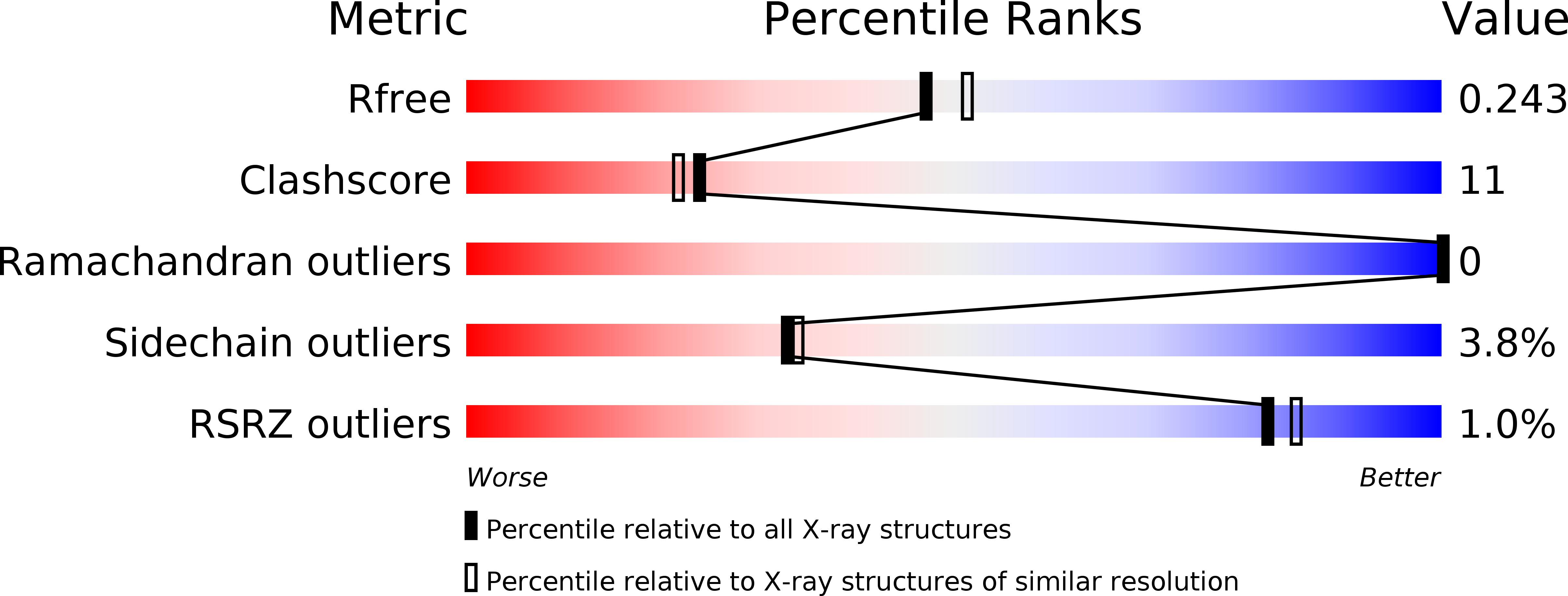
Deposition Date
2009-12-23
Release Date
2010-05-12
Last Version Date
2024-11-27
Entry Detail
PDB ID:
3L6F
Keywords:
Title:
Structure of MHC class II molecule HLA-DR1 complexed with phosphopeptide MART-1
Biological Source:
Source Organism:
Homo sapiens (Taxon ID: 9606)
Host Organism:
Method Details:
Experimental Method:
Resolution:
2.10 Å
R-Value Free:
0.24
R-Value Work:
0.21
Space Group:
P 21 21 2


